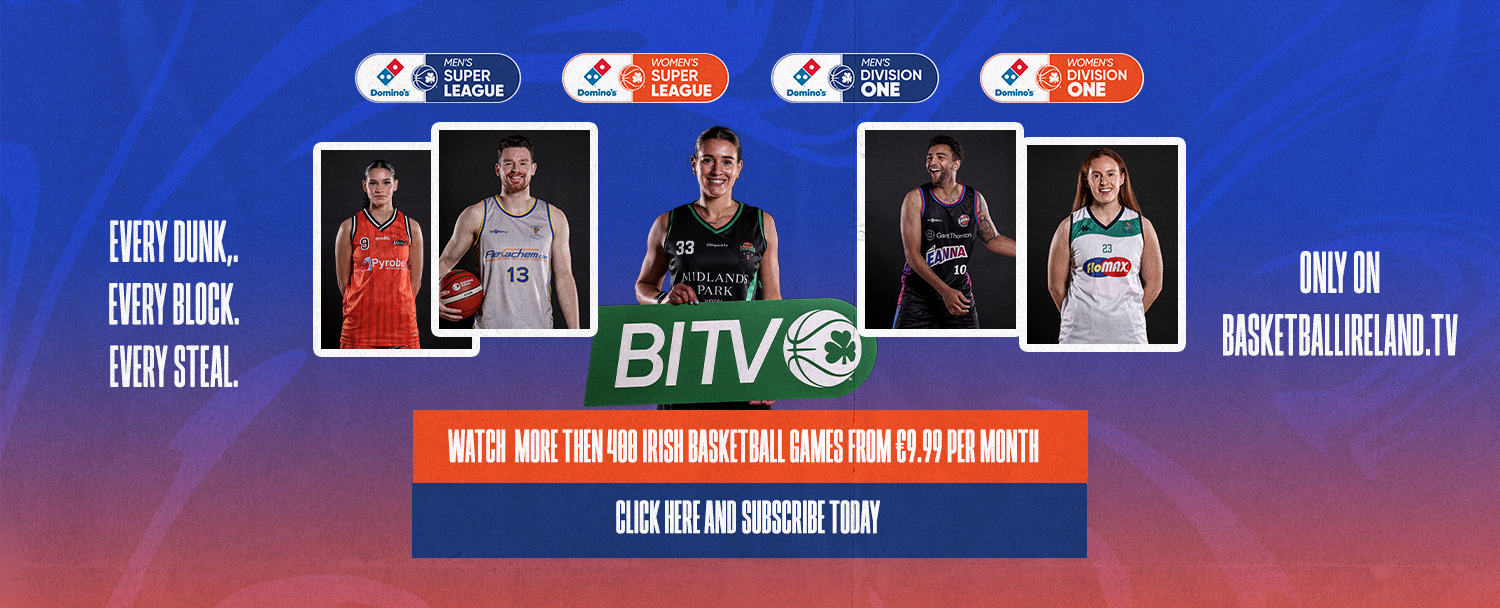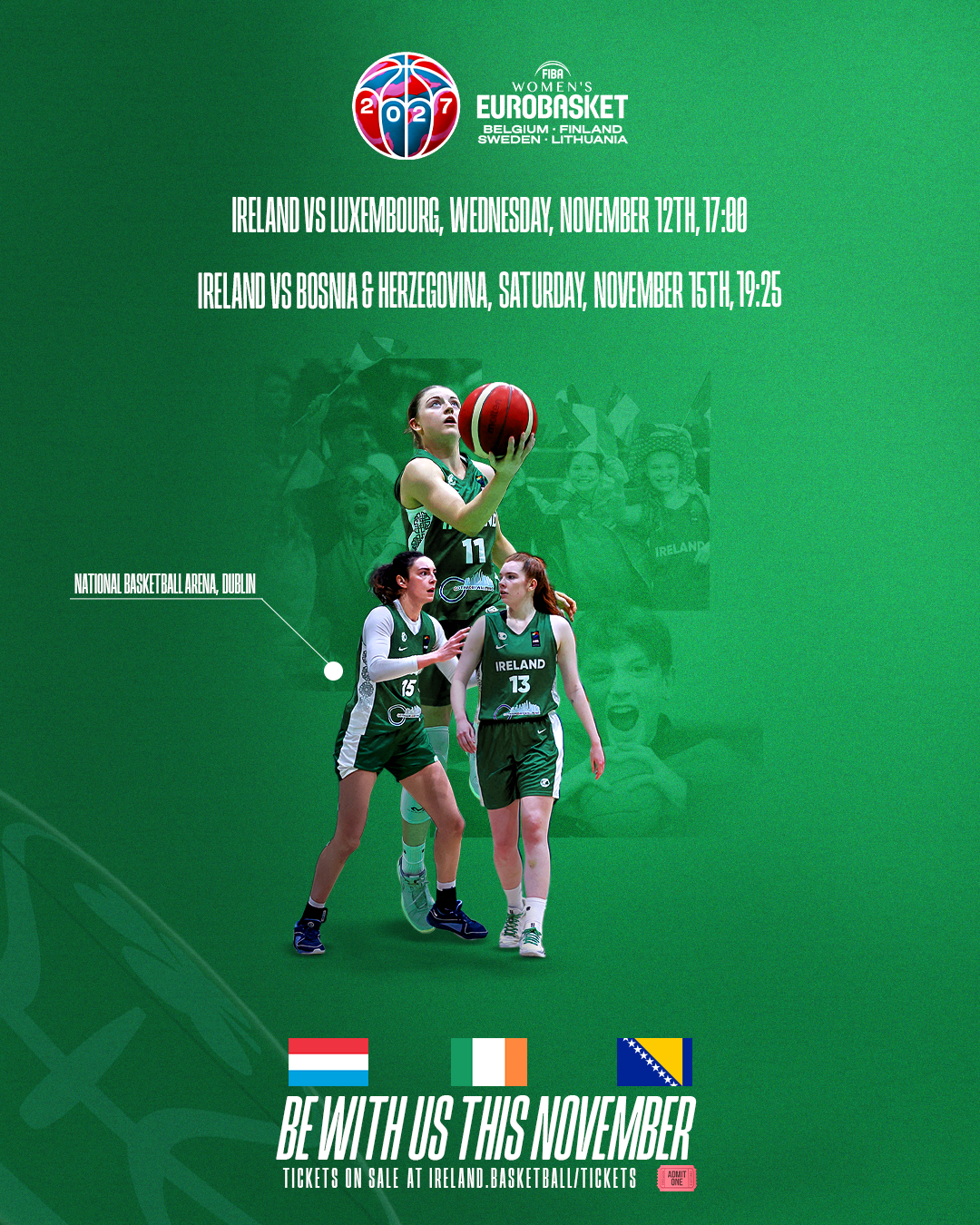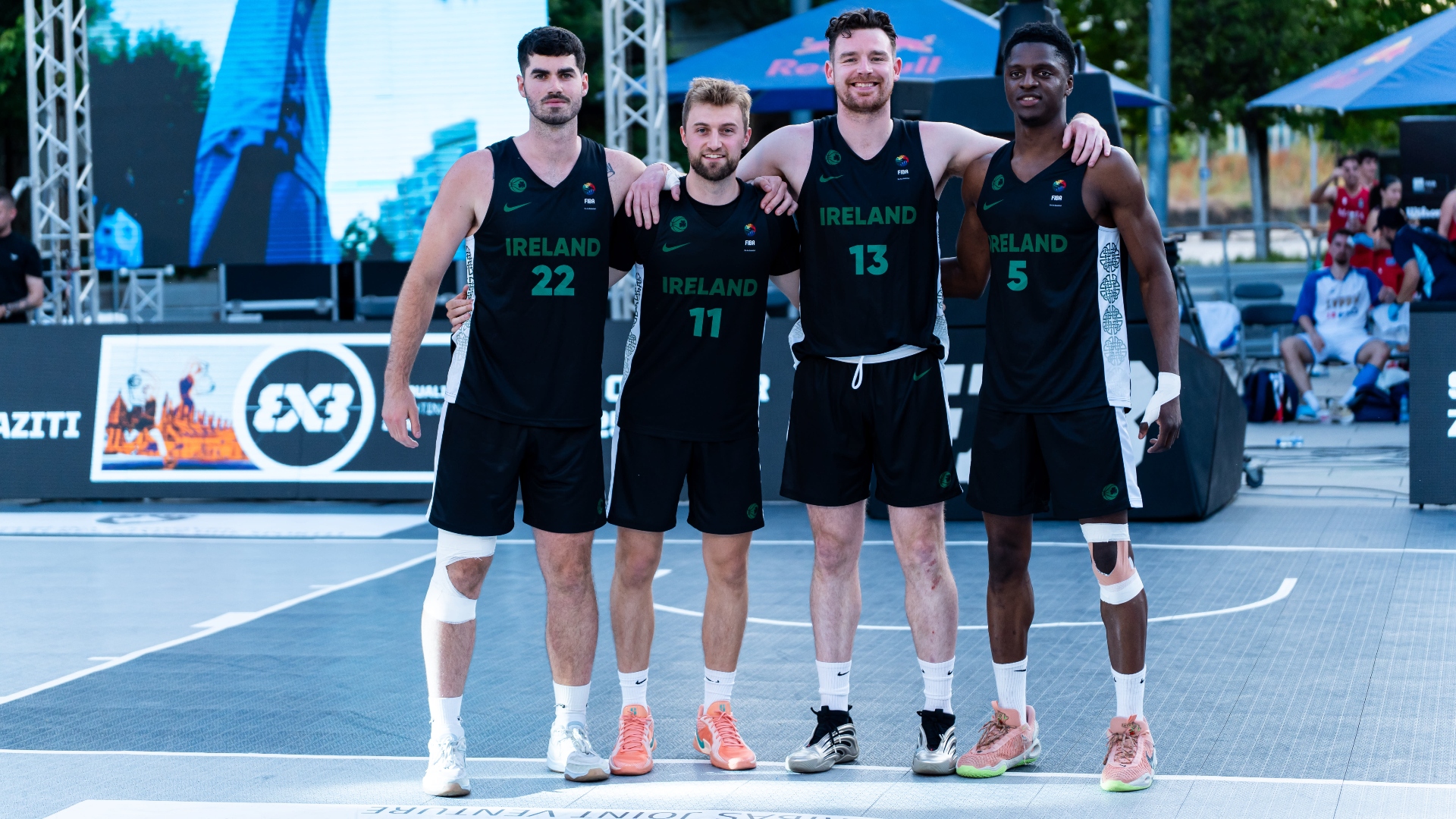Club News

Athlete Development - Importance of Mobility and Flexibility
In the latest instalment of our Athlete Development series we hear from Raffaele Lo Moriello. Raffaele is a S&C coach from Italy, working with the U18 Women National Team. He has a BSc in Strength and Conditioning and, as he is also interested in how psychology affects the game. He recently completed a diploma in Exercise and Sport Psychology and Life Coaching to further develop himself in this growing area.
He has been involved in the sport since a young age with background in competitive running and swimming and also played soccer at semi-pro level.

Quite often coaches and athletes neglect the importance of mobility and flexibility in their training plan and, furthermore, they are confused about the difference between these two essential components of training. Let’s see now the relation and the difference between mobility and flexibility.
Flexibility is defined as the ability of a muscle to be lengthened.
Our muscles work like a rubber band, they have elastic components allowing them to stretch. Pulling both ends cause the muscle to stretch, in this case, we say that it is flexible. If it doesn’t stretch, it means the muscle is inflexible and it could even snap. It isn’t be ideal if muscles are flexible but joints, on the other hand, won’t allow movement. Flexibility is needed for better mobility.

Mobility is defined as the ability to control movement through a range of motion.
Mobility is necessary for better movements, however it is a common mistake to think that flexibility alone is enough. You can stretch your muscles but can you control the movement? Movements are efficient when there aren’t any restrictions and compensations. Both neuromuscular control and strength are key factors to have athletes moving efficiently through the pattern.

More specifically in basketball, mobility is vital for moving efficiently and staying injury-free, particularly in the ankles, knees and hips.
When players run or jump they perform “triple extension”, which means they extend at the ankles, knees and hips. If there are restrictions and any of those joints can’t go through a full range of motion, then the player will not be able to run as fast or jump as high as they could.
On the other hand, when players land from running or jumping, the impact should dissipate through the same three joints. If any of these joints can’t flex properly to absorb the impact, the next closest joint will be under a lot of pressure with higher risk of injury. An example could be of a player with tight ankle or hip, this will not only limit the potential to run or jump but is also causing an additional impact on the knees.
Having those restrictions and/or imbalances may also impact the athlete’s trainability.
This refers to a less effective training regime with reduced outcome like strength, speed, agility etc. It does not mean that players with imbalances can’t improve on those components, however, they should rather focus on eliminating the inefficiencies in order to prevent injuries and make their training more effective.
How to improve Mobility
As already mentioned, mobility is important and flexibility is part of it. Improving these two components does not mean spending extra hours in the gym every day, however, a number of exercises for both flexibility and mobility should be incorporated into the whole training plan.
There are different ways to improve mobility and flexibility as briefly explained below:
Self Myo-Fascial release
This refers to foam rolling which is basically a type of self-massage. It helps to release tension and tight spots in the muscles.

Mobility drills
These include a variety of exercises designed to improve the range of motion around joints.

Stretching
This could added in a routine especially for players who aren’t naturally flexible and tend to always stiff.

The reason to incorporate some of the aforementioned work in a training routine could be as follow:
Improving full range of motion
Having the ability to move freely with no restrictions and a full range of motion will benefit athletes in their weight training routines. More specifically, training through the full range of motion improves athletes’ performance and reduces the risk of injury. For instance, considering a player being able to do ¼ squat. He/she will only able to improve performance in that range of motions and therefore this will have limitations in the game when “playing low”.
Improving posture and reducing risk of injury
Good posture is a key factor for a well balanced body with no restrictions. Of course, when players move well and their body is well aligned, movements become smooth and they seem to move effortlessly. This would obviously reduce the risk of injury too. Simply think of a body out of position, this will have to work harder to compensate with a movement that could lead to injuries like an ankle sprain or ACL tear.
Enhancing other training components
Research shows that dynamic flexibility/mobility training improves speed, agility and strength as oppose to static stretching before training which could make players weaker, slower and increase risk of injury.
Activating inactive muscles
On and off the Basketball court players get stuck in certain repetitive movement patterns. With these constant patterns certain muscles do not get used often or not at all and therefore they shut down. As result, this could lead to faulty position at other muscle and joint. In order to correct these problems activation work is required. This work is aimed to teach inactive muscle to fire again at the right times to balance the body and get players to move efficiently again.
All the above could be easily incorporated in a dynamic warm up routine so not only players and teams will save time but it will not be boring either.
A lot of players would need to work on maintaining or improving their mobility and flexibility throughout the season.
This is also due to the repetitive strains and stresses of constantly playing add up.
In the end, it is all about helping athletes to move as efficiently as possible in order to enhance performance and reduce the risk of injuries.
Knowledge of the game and technical skills are important, but it takes an efficient body to build physical qualities that will take players to the next level.




